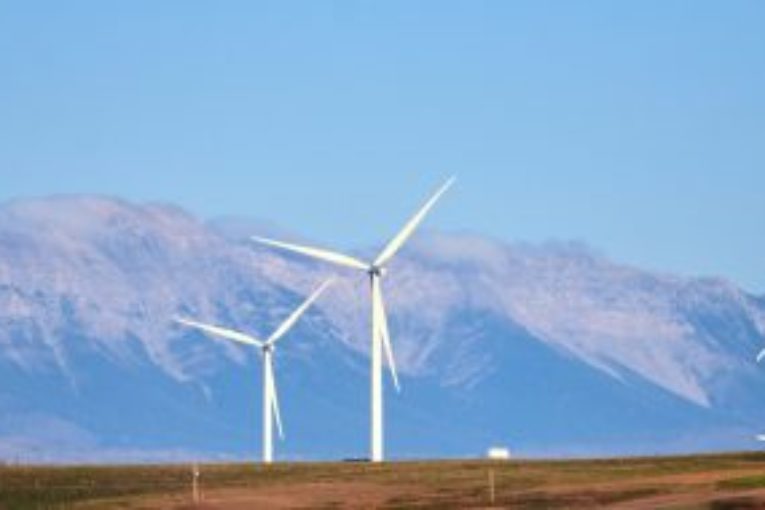
The following editorial was originally published online by the renewable energy magazine Recharge and is being reposted with permission.
Canadian wind power installations are picking up again led by the province of Alberta and projects that have municipal or First Nation (indigenous peoples) ownership, said Robert Hornung, president of the Canadian Wind Energy Association (CanWEA).
Installed capacity was below-average at 341MW last year, but should total 600MW in 2018 – 450MW have been commissioned – and 900MW in 2019, Hornung said at a panel on international wind markets at the American Wind Energy Association Windpower conference here.
Until recently, the focus of wind development lay in Canada’s eastern provinces led by Ontario and Quebec. The most promising markets now are in its Western Prairie regions.
“In Canada, the real hot spot is the province of Alberta. Alberta has made a commitment to phase out coal-fired generation by 2030,” Hornung said, adding that coal as early as two years ago still represented 60% of all generation there.
The provincial government last December awarded nearly 600MW of capacity at the lowest price contracts signed for renewable power in Canada – averaging C$37 ($28.8)/MWh, surprising the global power industry. Albert is coming back for more this year.
It will tender 400MW of capacity in an auction for the lowest price and another 300MW in an auction that combines the lowest price with a requirement for indigenous equity ownership to reach at least 25% of that volume.
Bids for both Alberta auctions have to be submitted sometime around September, Hornung told Rechargeon the conference sidelines. A prior request for information and expression of interest stage has already been completed, and a request for qualifications stage is now underway.
Results for both auctions are slated to be announced in December, with projects needing to be commissioned by 2021.
Alberta’s quota for First Nations communities is part of a larger and ongoing development.
“That is an increasing trend in Canada. Every year now, we see half-to-two-thirds of projects that have ownership stakes at the local level, particularly and increasingly with First Nation communities,” Hornung said.
Next to Alberta, the western province of Saskatchewan will award contracts for 200MW of wind energy, and Eastern Quebec is expected to provide final authorization for a 200MW wind energy project in 2018.
Prince Edward Island, Canada’s smallest province that faces the Atlantic Ocean, will be issuing an RPF for another 30MW of new wind energy.
Ontario, which had been the star of Canadian wind power some years back, is likely to need new power as early as 2023 to fill the gap resulting from nuclear reactor refurbishment and contracts reaching end of life, the CanWEA president added.
Photo; wind farm under construction in the Piikani Nation, Alberta; courtesy of Bryan Passifiume.
President of the Canadian Wind Energy Association
You can read more of the news on source



